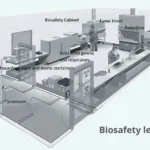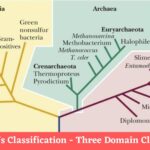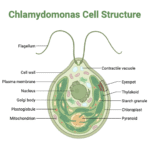Answered
The lifespan of animal cells varies widely depending on their type, function, and the organism in which they reside. Here are some general examples:
1. Short-Lived Cells
- Examples: Red blood cells, epithelial cells (e.g., skin cells, cells lining the gut).
- Lifespan:
- Red Blood Cells: Approximately 120 days.
- Epithelial Cells: Varies, but often a few days to a few weeks. For example, intestinal epithelial cells typically live around 2 to 3 days.
- Function: These cells are frequently replaced due to their exposure to physical wear and tear, or high turnover rates.
2. Intermediate-Lived Cells
- Examples: Liver cells (hepatocytes), fibroblasts.
- Lifespan:
- Liver Cells: Around 300 to 500 days, though they can live longer under certain conditions.
- Fibroblasts: Can live for several weeks to months, depending on the tissue and conditions.
- Function: These cells have a more stable and longer lifespan, contributing to tissue maintenance and repair.
3. Long-Lived Cells
- Examples: Neurons (nerve cells), some muscle cells (e.g., cardiac muscle cells).
- Lifespan:
- Neurons: Can live for an entire lifetime in humans, potentially 70 to 80 years or more.
- Cardiac Muscle Cells: Generally live for several years, often corresponding to the lifespan of the organism.
- Function: These cells are crucial for long-term functions such as information processing and muscle contraction.
Factors Affecting Lifespan
- Cell Type: Different cell types have varying lifespans based on their role and the demands placed upon them.
- Organism: The lifespan of cells can also depend on the overall lifespan of the organism.
- Environmental Conditions: Factors like nutrient availability, exposure to toxins, and stress can impact cell longevity.
Did this page help you?




